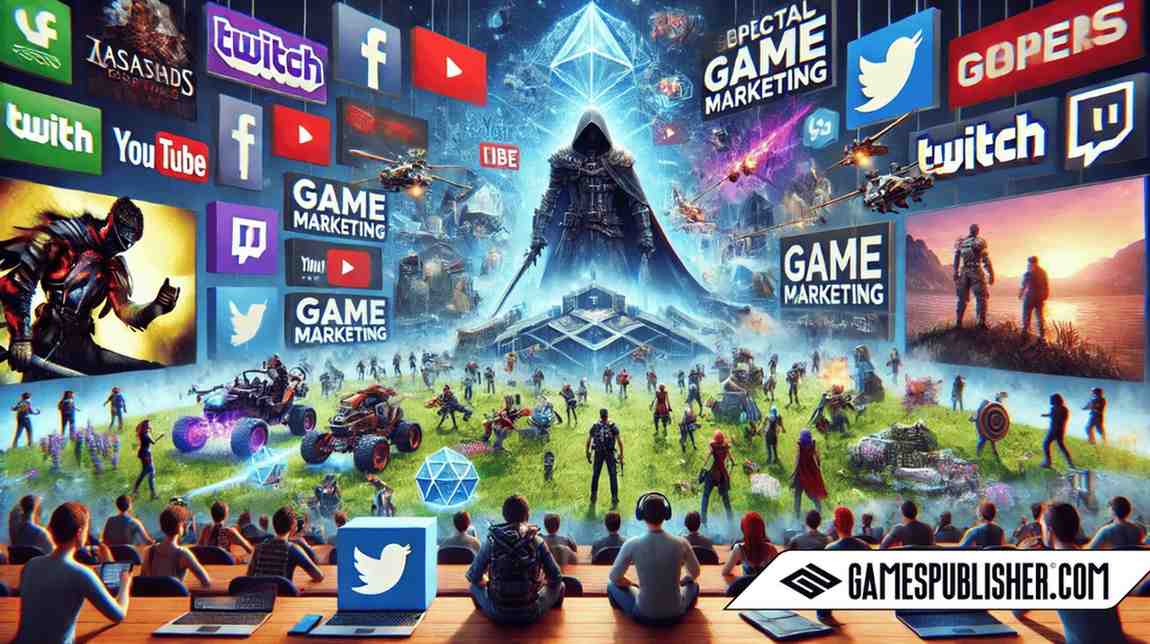In the world of gaming, launching a game is just the start. On platforms like Gamespublisher.com, using the right game marketing strategies can make a big difference. Without strong marketing, even the best game might get ignored.
The gaming industry is highly competitive. Every day, new game titles are released. To stand out, game developers and video game publishers need to keep promoting their games, even after launch.
This article will cover simple yet effective video game marketing strategies for published games. From social media marketing to in-game events, we’ll explore how to help your game stay popular.
1. Understanding the Importance of Game Marketing

Why Marketing Is Important After Launch
Many developers think most of the marketing should happen before the game is released. While that’s important, marketing after launch is just as critical. Some games don’t become popular until months after release.
For example, games like Among Us gained huge attention long after they first launched. That’s because smart post-launch marketing helped them find their audience.
How Competitive Is the Gaming Industry?
Hundreds of games come out every day. Without a solid marketing plan, even a great game can be hard to find. Video game publishers and game developers need to make sure their game gets noticed. That’s where game marketing strategies come in. Marketing helps your game stand out in a crowded market.
2. Target Audience Analysis and Community Building
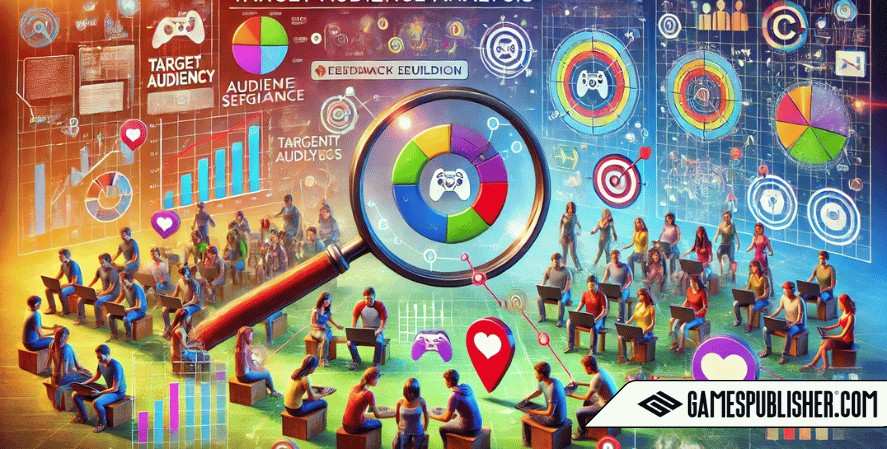
Who Is Your Target Audience?
One of the most important steps in marketing is knowing who will play your game. Every game appeals to different people. For example, an action-packed first-person shooter will likely attract younger gamers. A relaxing puzzle game might appeal to an older audience. You can look at your game’s genre, art style, and gameplay to figure out who your target audience is.
Why Build a Gaming Community?
Building a community around your game is very important. Gamers trust other gamers, and they often recommend games to their friends. Game developers can interact with fans on forums, Reddit, and Discord. Community engagement creates loyalty and encourages players to share your game.
How to Build a Loyal Fanbase
Loyal fans are your best promoters. Encourage early players to leave reviews, share gameplay, or create fan art. These actions can spread your game to a wider audience. Positive reviews on sites like Steam and Metacritic also help attract new players.
3. Social Media Marketing for Game Titles
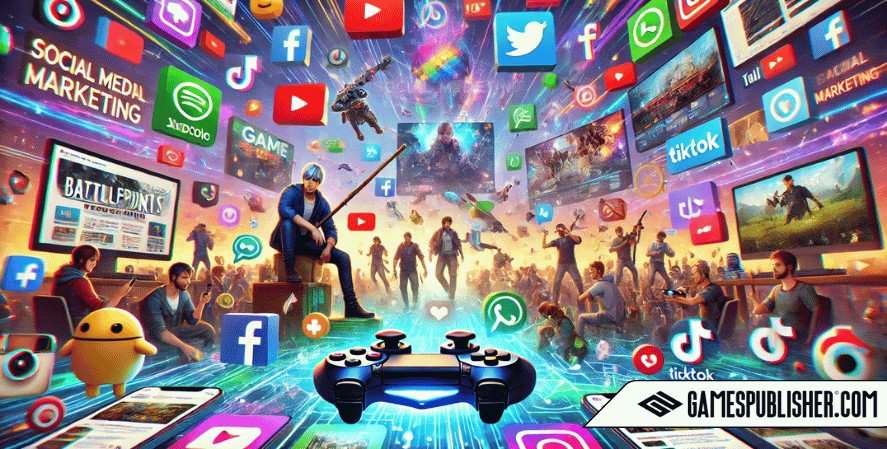
Which Social Media Platforms Are Best?
Social media is one of the best ways to promote a game. But not all platforms are the same. Different games do better on different platforms:
- Twitter (X): Best for quick updates and direct interactions with fans.
- Instagram: Great for sharing beautiful images and videos of your game.
- TikTok: Ideal for viral moments, gameplay clips, and fun behind-the-scenes videos.
- Discord: Perfect for building a community hub where players can chat with each other and the developers.
What Content Should You Create?
Creating different types of content keeps your fans interested. Some ideas include:
- Gameplay videos showing cool features of the game.
- Behind-the-scenes looks at the making of the game.
- Challenges for your community to take part in.
- Developer stories that explain how the game was made.
How Can Influencers Help?
Influencers and streamers can help spread the word about your game. When gamers see their favorite YouTubers or streamers playing your game, they’re more likely to try it out. Choose influencers who have the same audience as your game. This way, their followers are more likely to enjoy your game.
4. Leveraging Paid Advertising
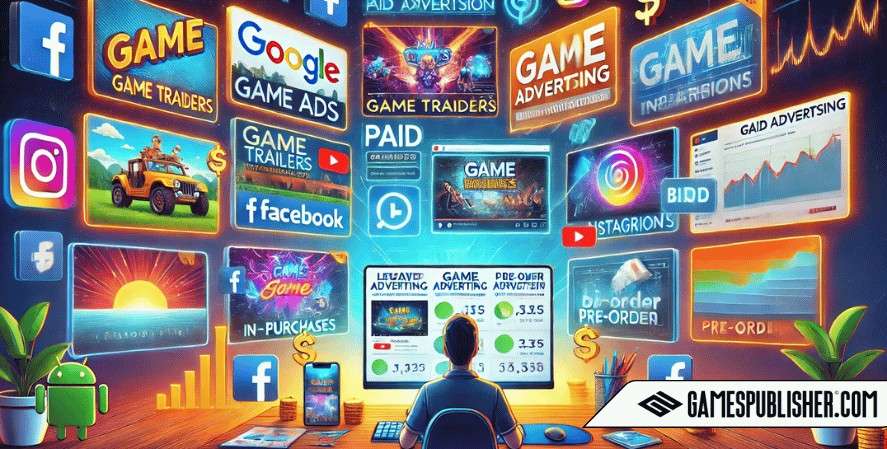
Using Google Ads
Google Ads can help you reach gamers who are searching for similar games. You can set up an ad campaign that targets keywords related to your game. For example, if you made a fantasy RPG, you could target people searching for “best fantasy games.”
Advertising on Facebook and Instagram
Facebook and Instagram have powerful tools for targeting gamers. You can create ads that are shown to people who like similar games. Make sure your ads have eye-catching images or videos, and keep the message simple.
Programmatic Ads and Remarketing
Programmatic advertising shows your ads across many websites, not just social media. Remarketing is another strategy that targets people who have visited your game’s website but didn’t buy the game. Showing these users ads again can remind them to give your game a second look.
5. The Power of Game Review Sites and Gaming Media
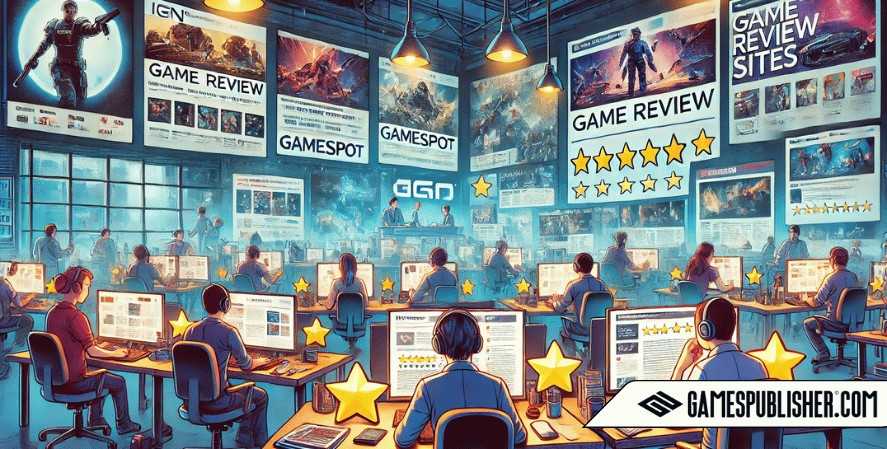
Submitting Your Game to Review Sites
Getting your game featured on game review sites is an effective way to reach more players. Submit your game to sites like IGN, Polygon, or GamesRadar. A good review from one of these sites can give your game a lot of visibility.
Metacritic and Steam Reviews
User reviews are very powerful. Reviews on platforms like Metacritic, Steam, and the App Store can make or break your game.
Encourage players to leave positive reviews and provide in-game rewards for doing so. Even if you get negative feedback, always respond professionally. This can show potential buyers that you care about your players.
6. Running In-Game Events and Promotions

How to Use In-Game Events
Hosting in-game events can keep players engaged after launch. Events can include special challenges, new quests, or holiday-themed content. For example, a limited-time challenge can create excitement and bring back players who haven’t played in a while.
Discounts, Bundles, and Time-Limited Offers
Offering discounts or bundles is another great way to boost sales. Running limited-time offers creates urgency and can encourage players to buy your game before the offer ends. Seasonal sales, like Steam’s Summer Sale, are perfect for this.
7. Using Data Analytics to Improve Marketing

Tracking Player Behavior
Data analytics tools, like Google Analytics or Unity Analytics, can show you how players are engaging with your game. You can track things like how long players spend in the game, how many levels they complete, and how often they make in-game purchases. This data helps you make better marketing decisions.
Adjusting Marketing Based on Data
Once you have the data, you can tweak your marketing strategy. For example, if you see that younger players are spending more time in your game, you can target your ads to that group. If certain ads aren’t performing well, you can try a different approach or target a different audience.
8. Keeping Your Game Relevant After Launch
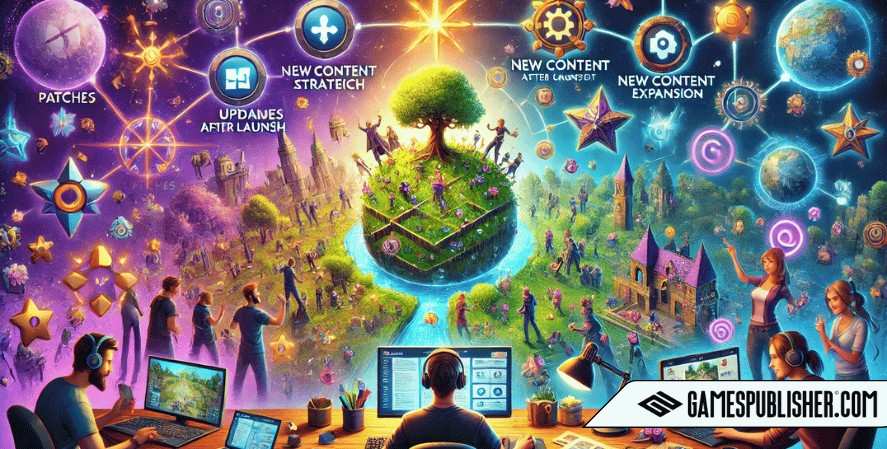
How to Sustain Interest
Keeping your game exciting is important even after launch. One way to do this is by releasing updates or DLC (Downloadable Content). When players see that new content is coming, they’re more likely to stay engaged with your game.
Creating a Long-Term Marketing Plan
Plan a post-launch marketing roadmap to keep the hype going. This could include scheduled updates, new content, or even launching your game on new platforms. For example, if your game is available on PC, consider releasing it on consoles later to reach a new audience.
Conclusion
Marketing doesn’t stop when your game launches. To be successful in the competitive gaming industry, you need to keep promoting your game. By using social media, influencers, ads, and in-game events, you can help your game stay in the spotlight. On Gamespublisher.com, we offer expert advice to help you create the best marketing plan for your game. With the right game marketing strategies, your game can grow long after launch.
Loading survey...

